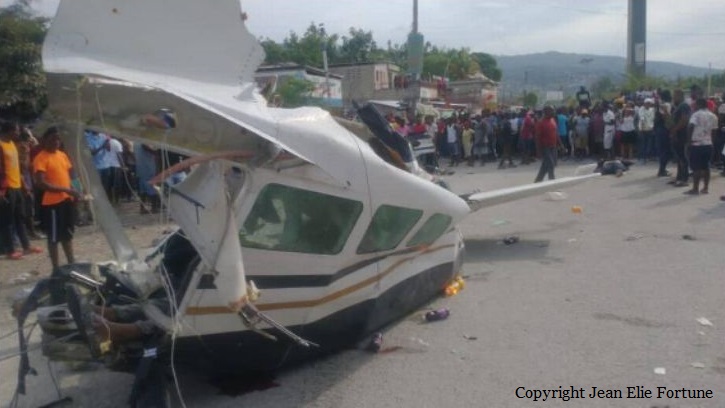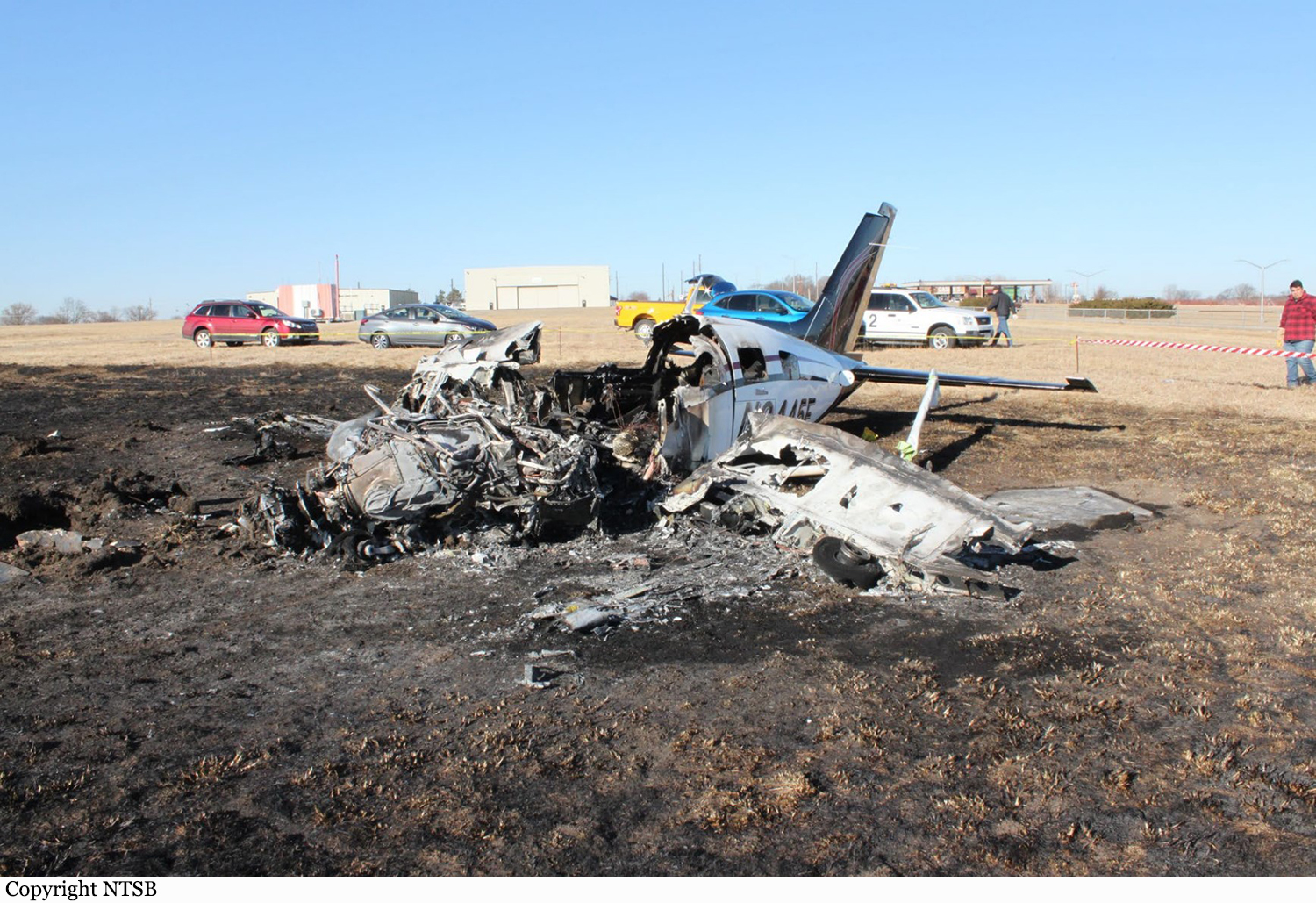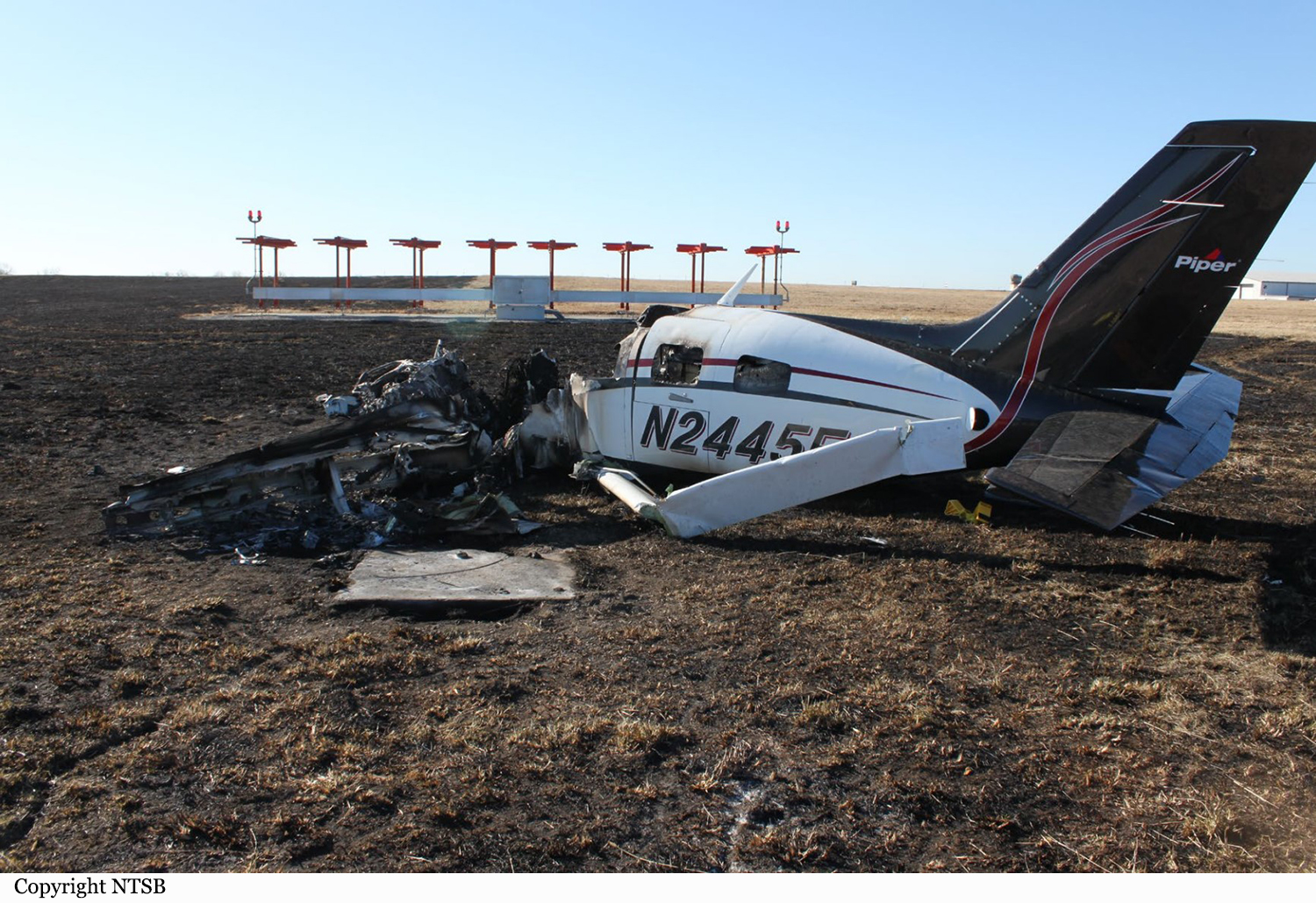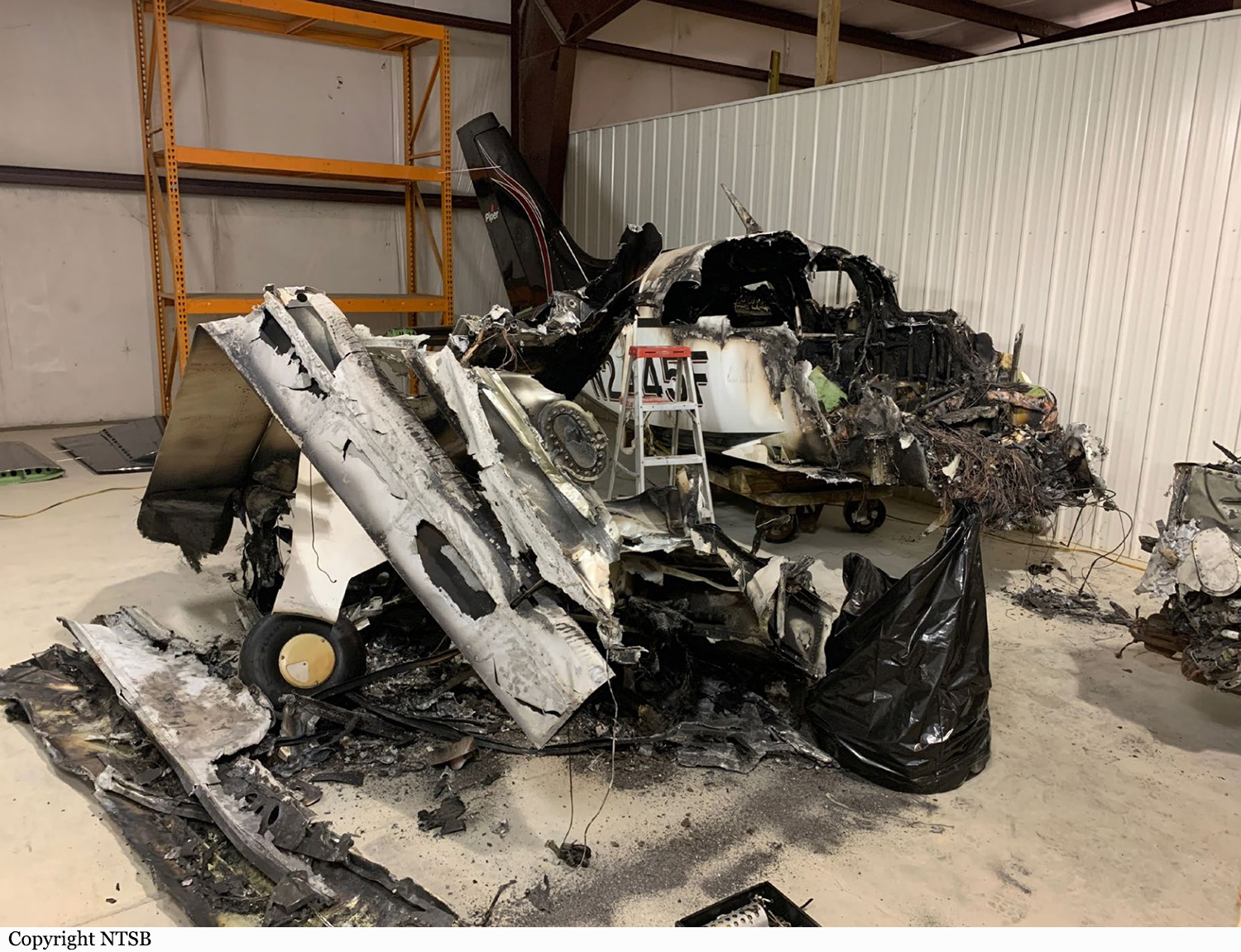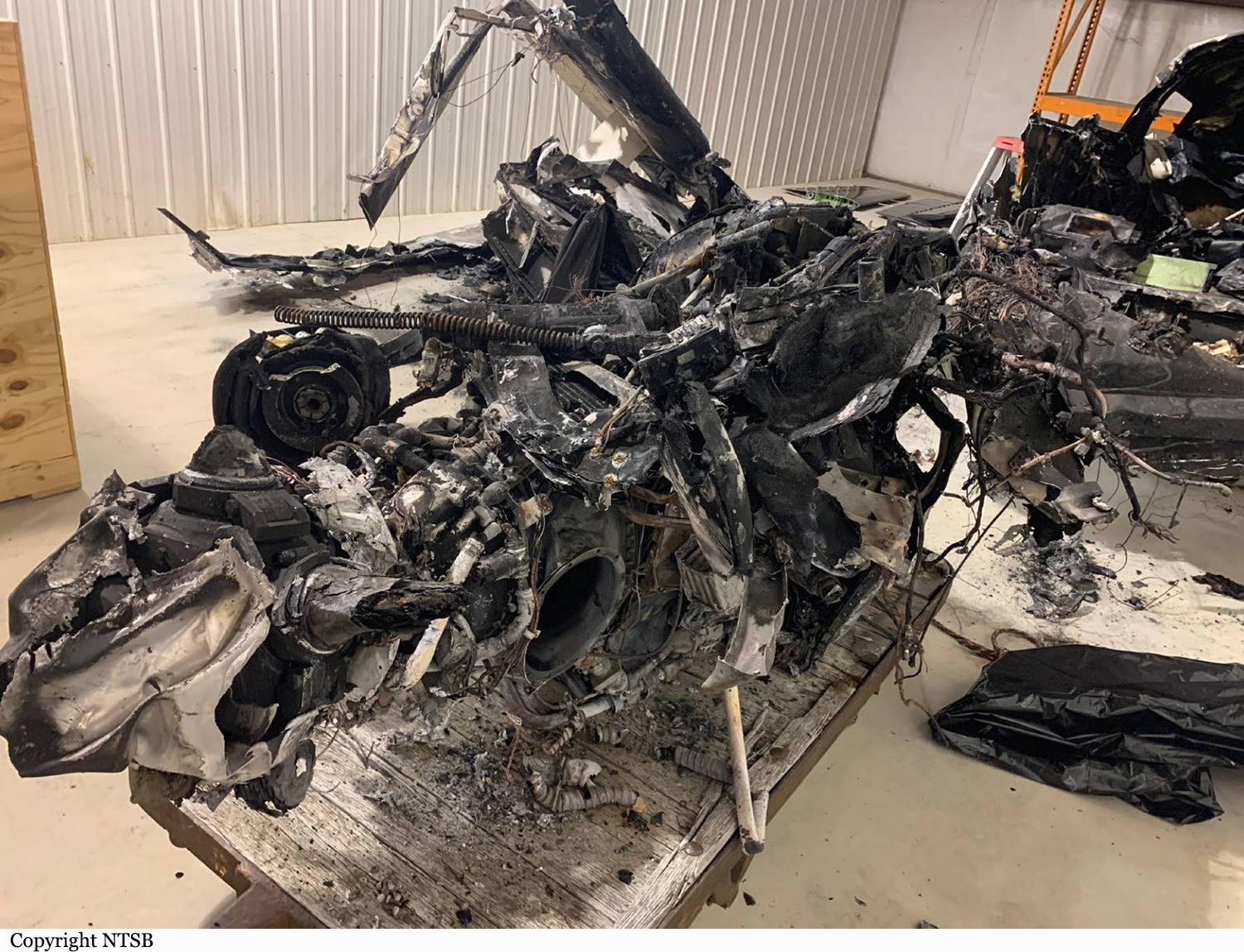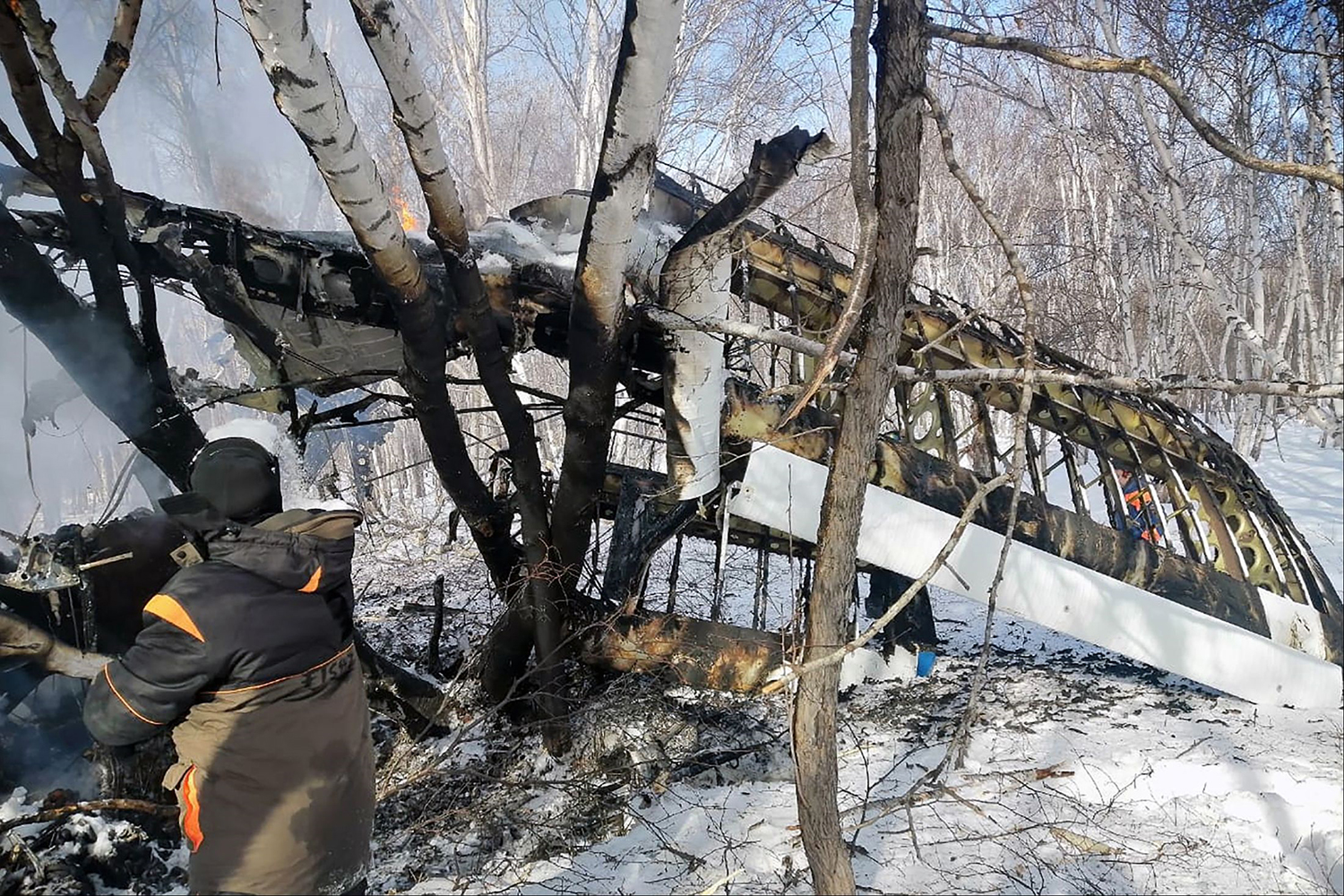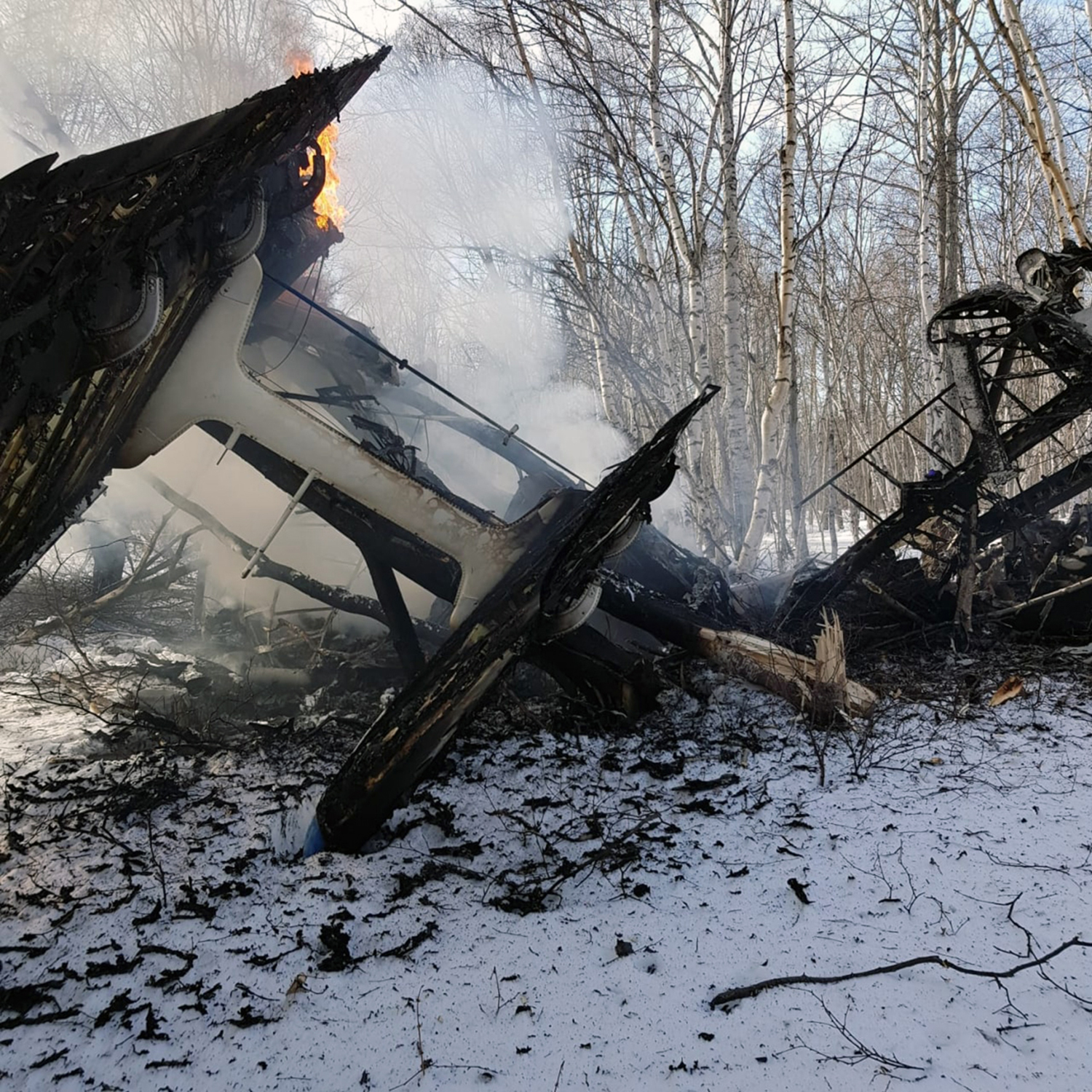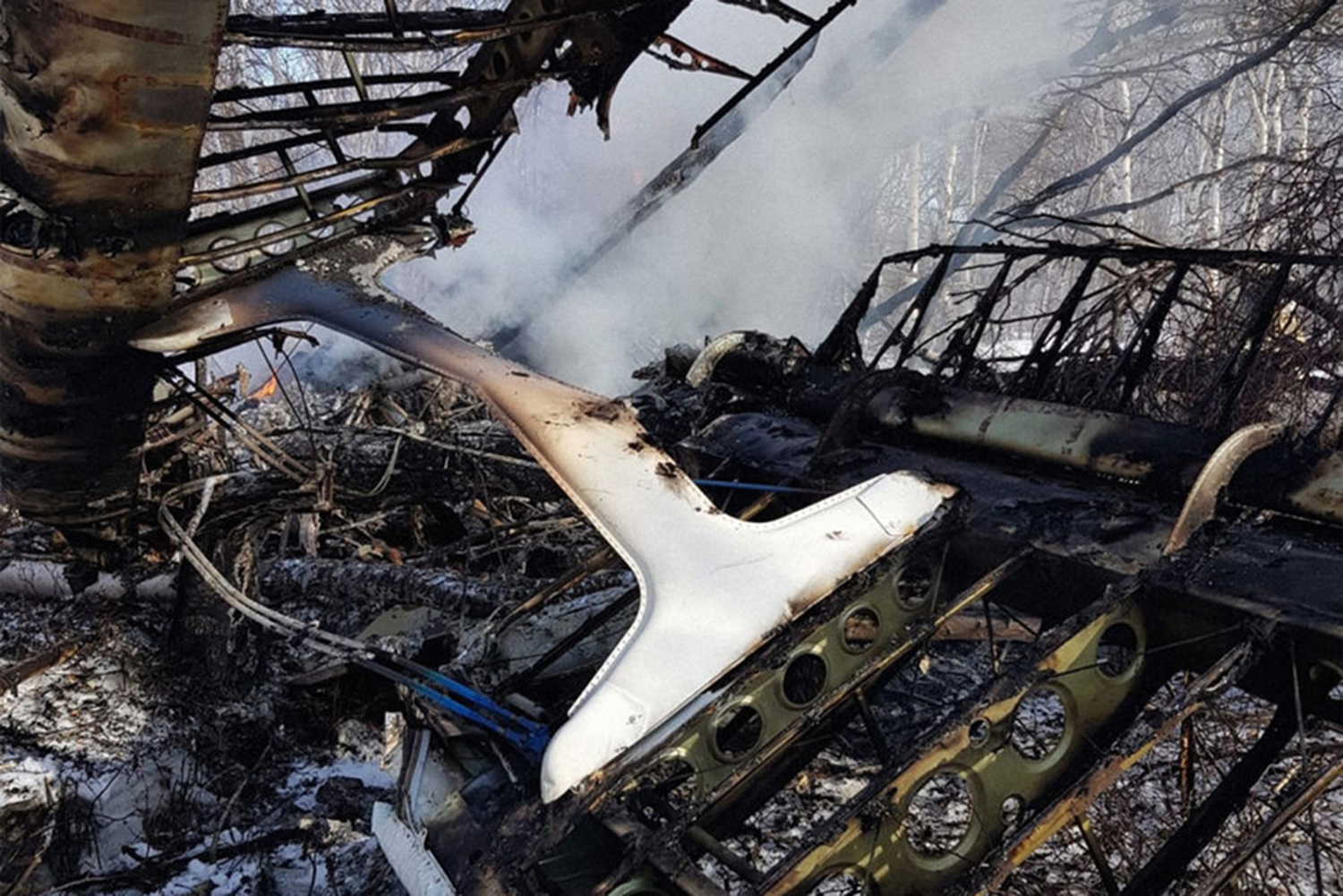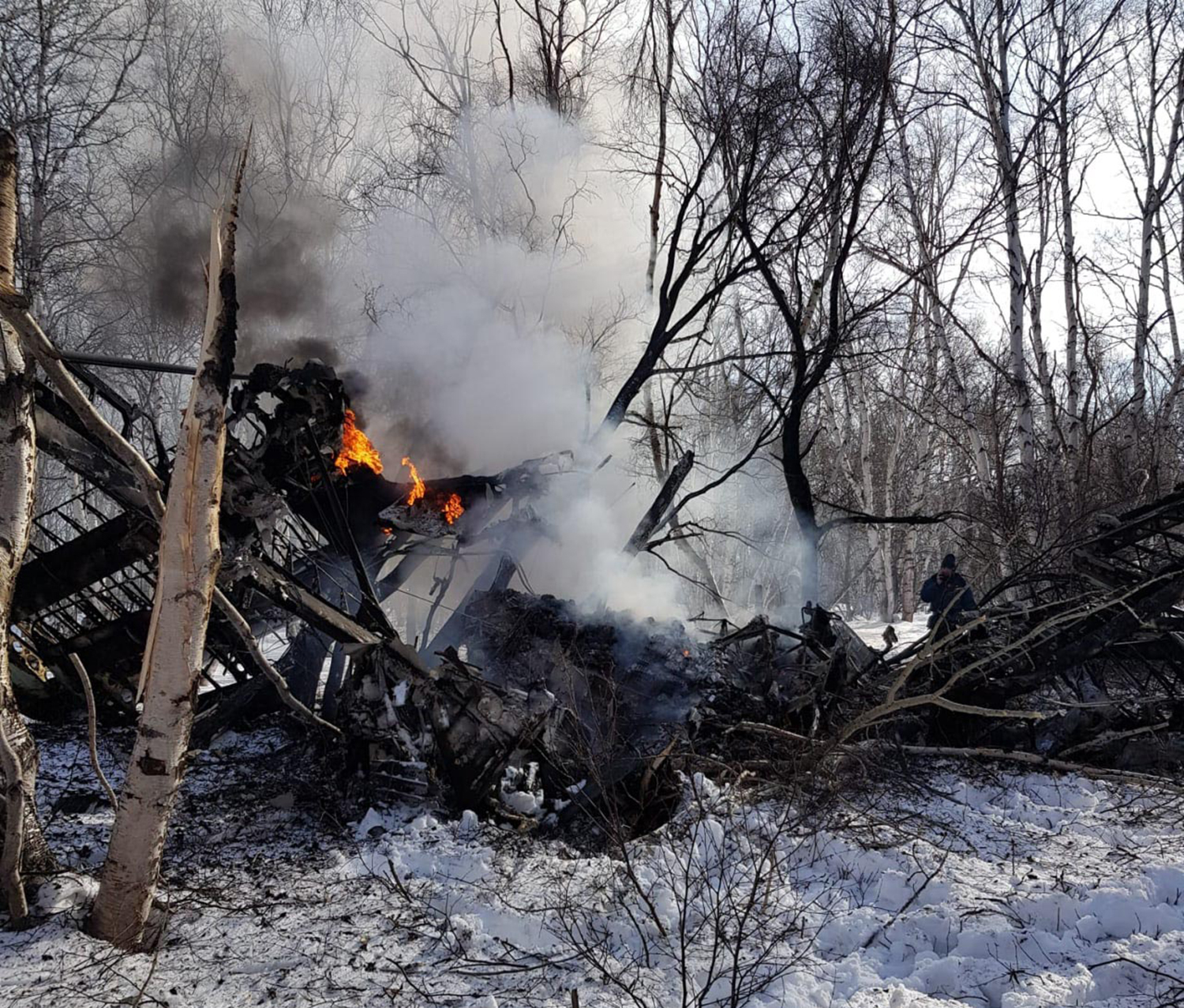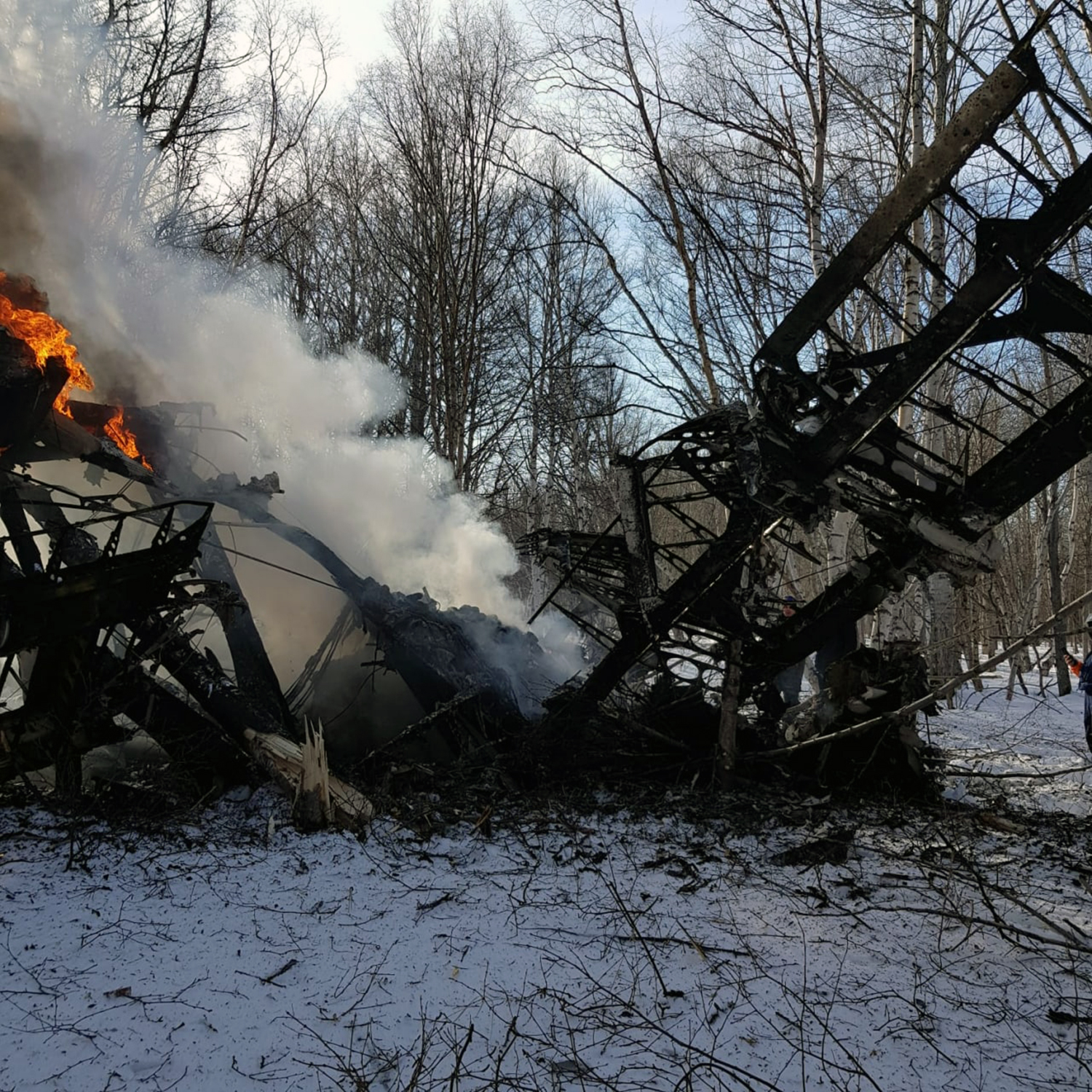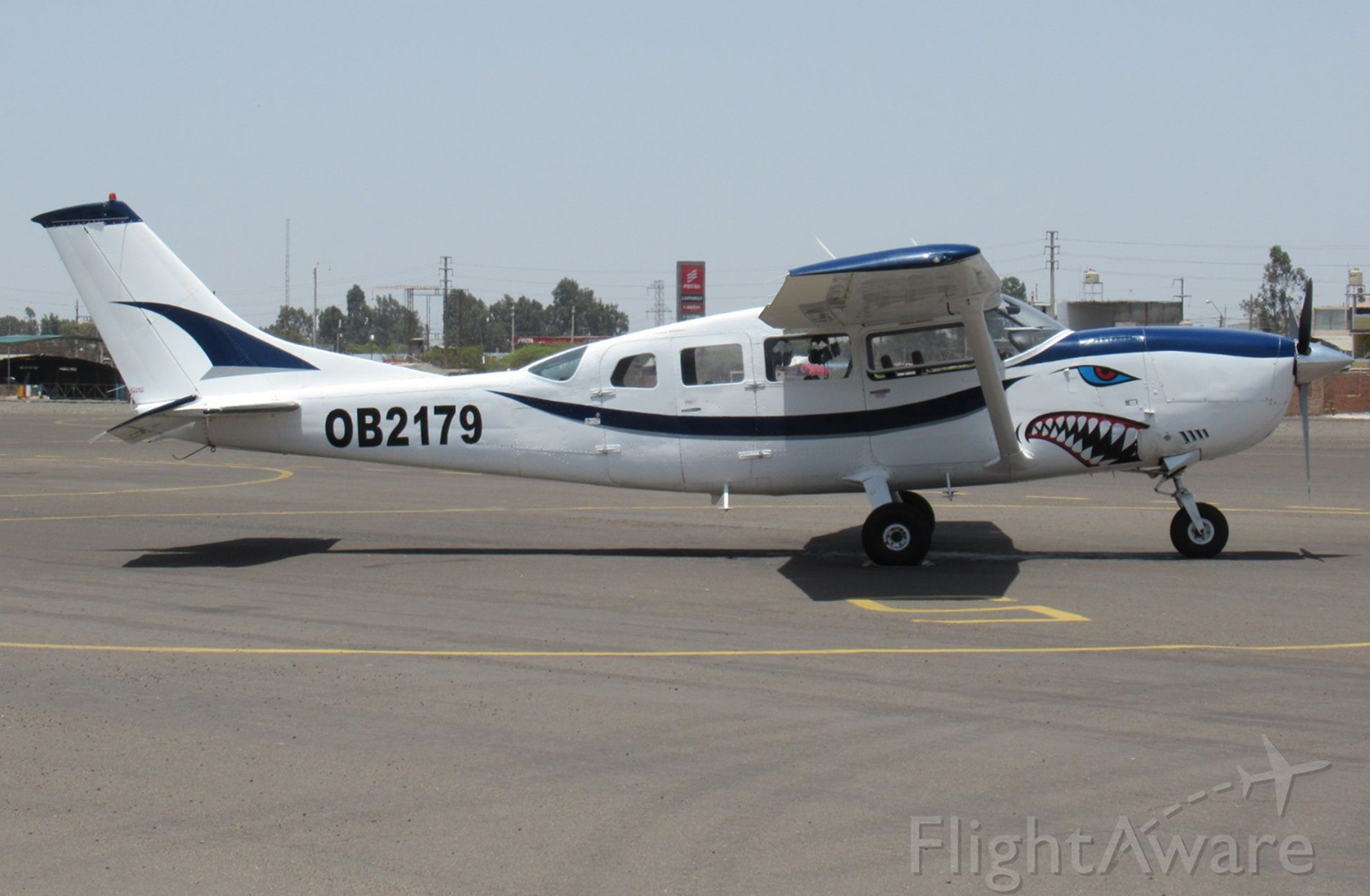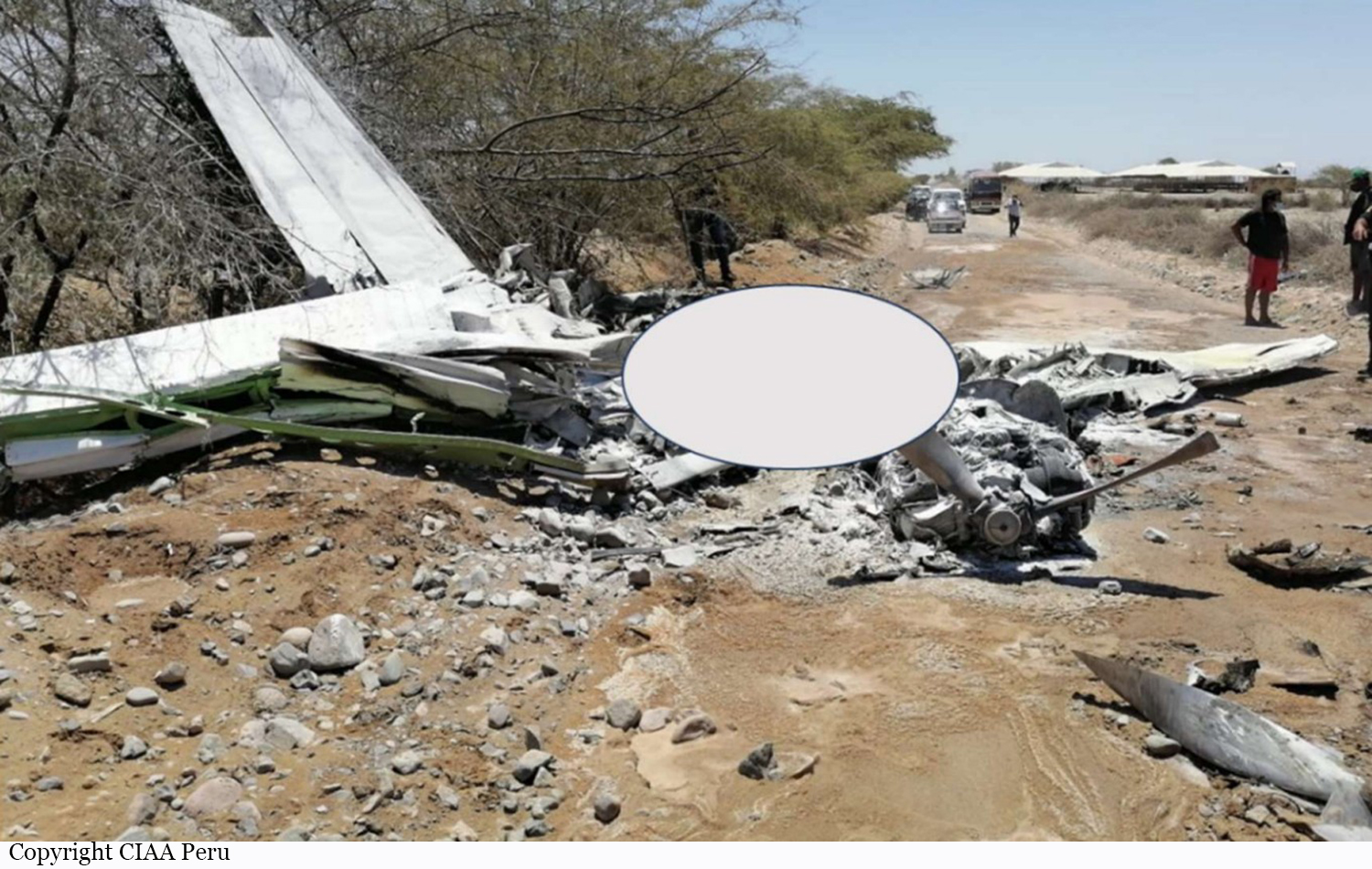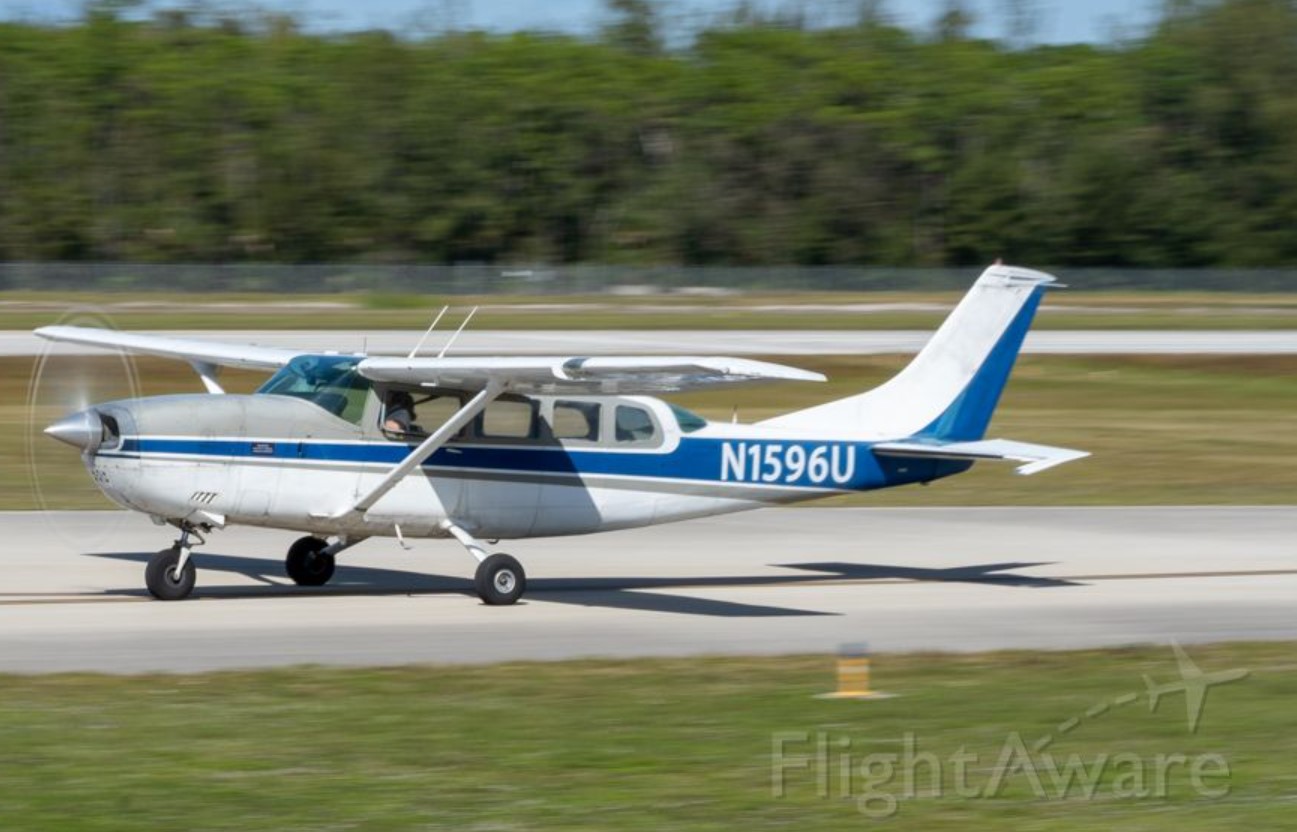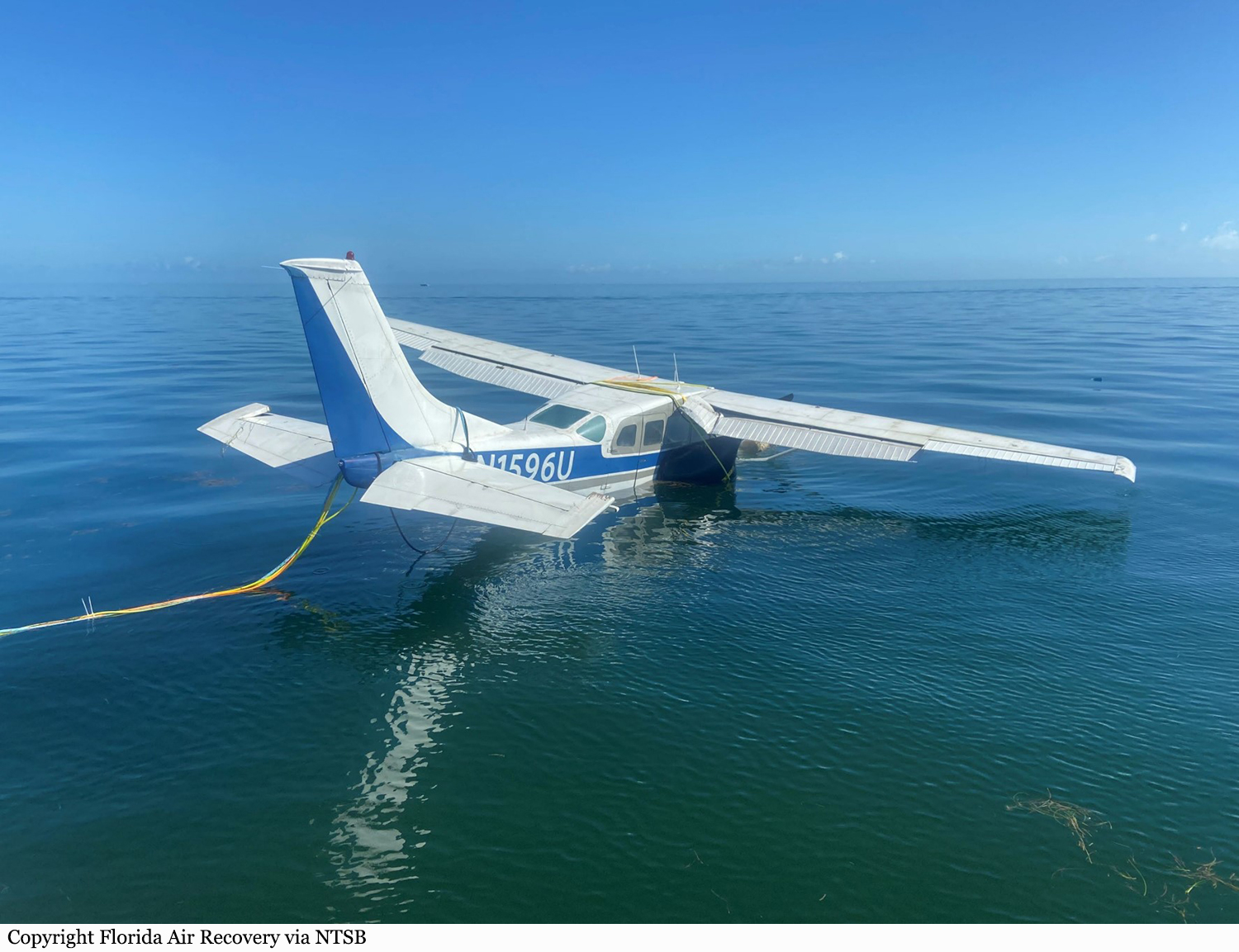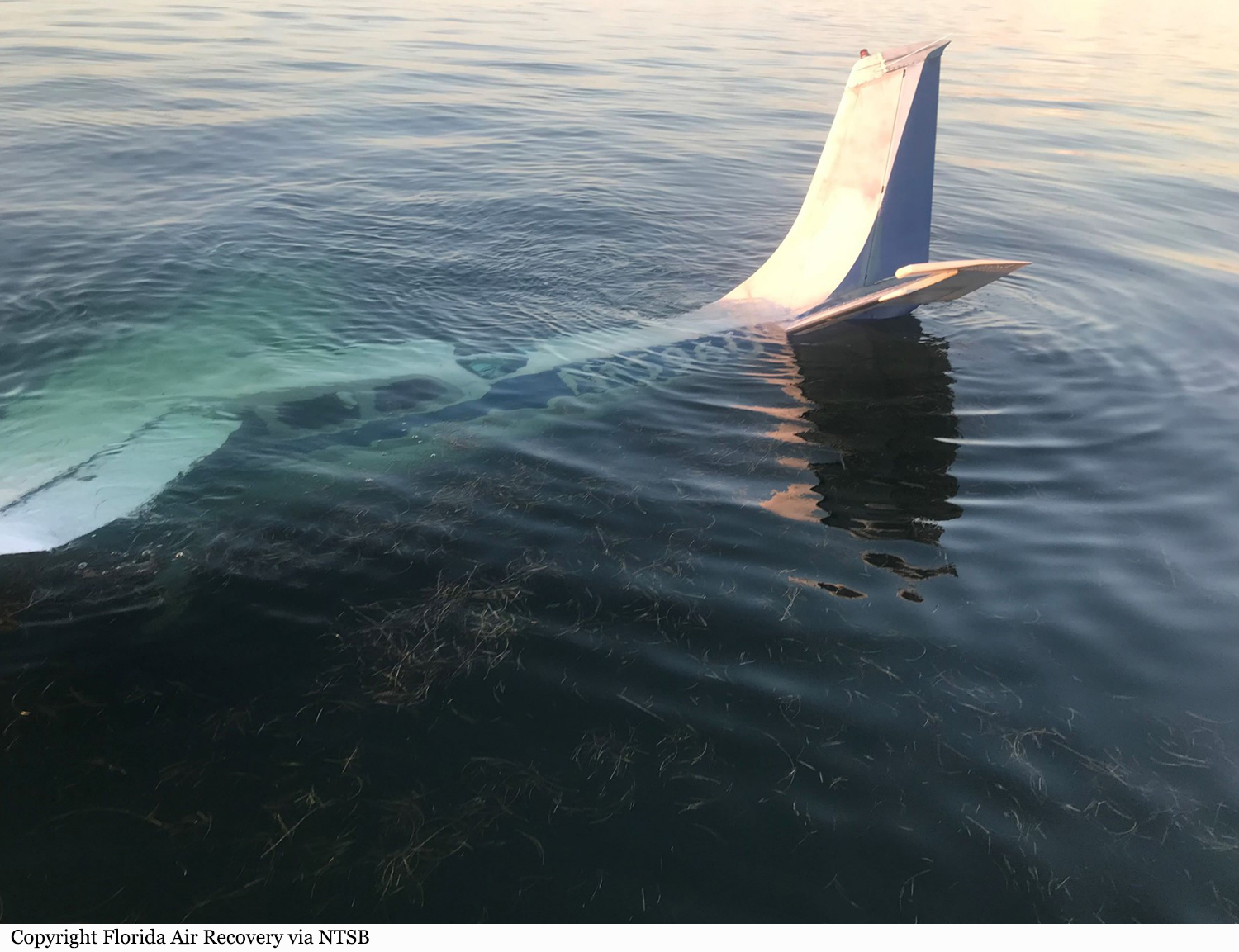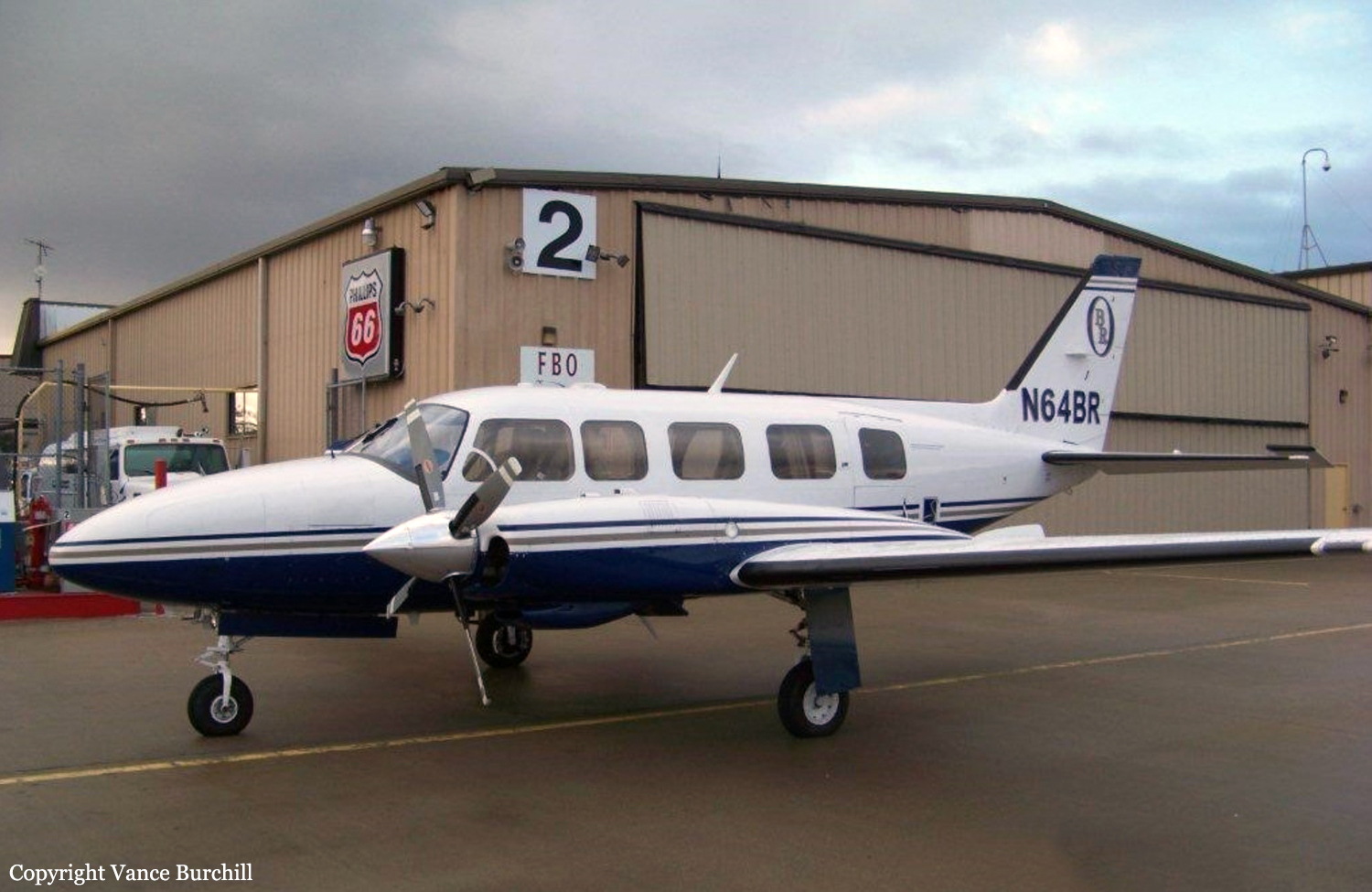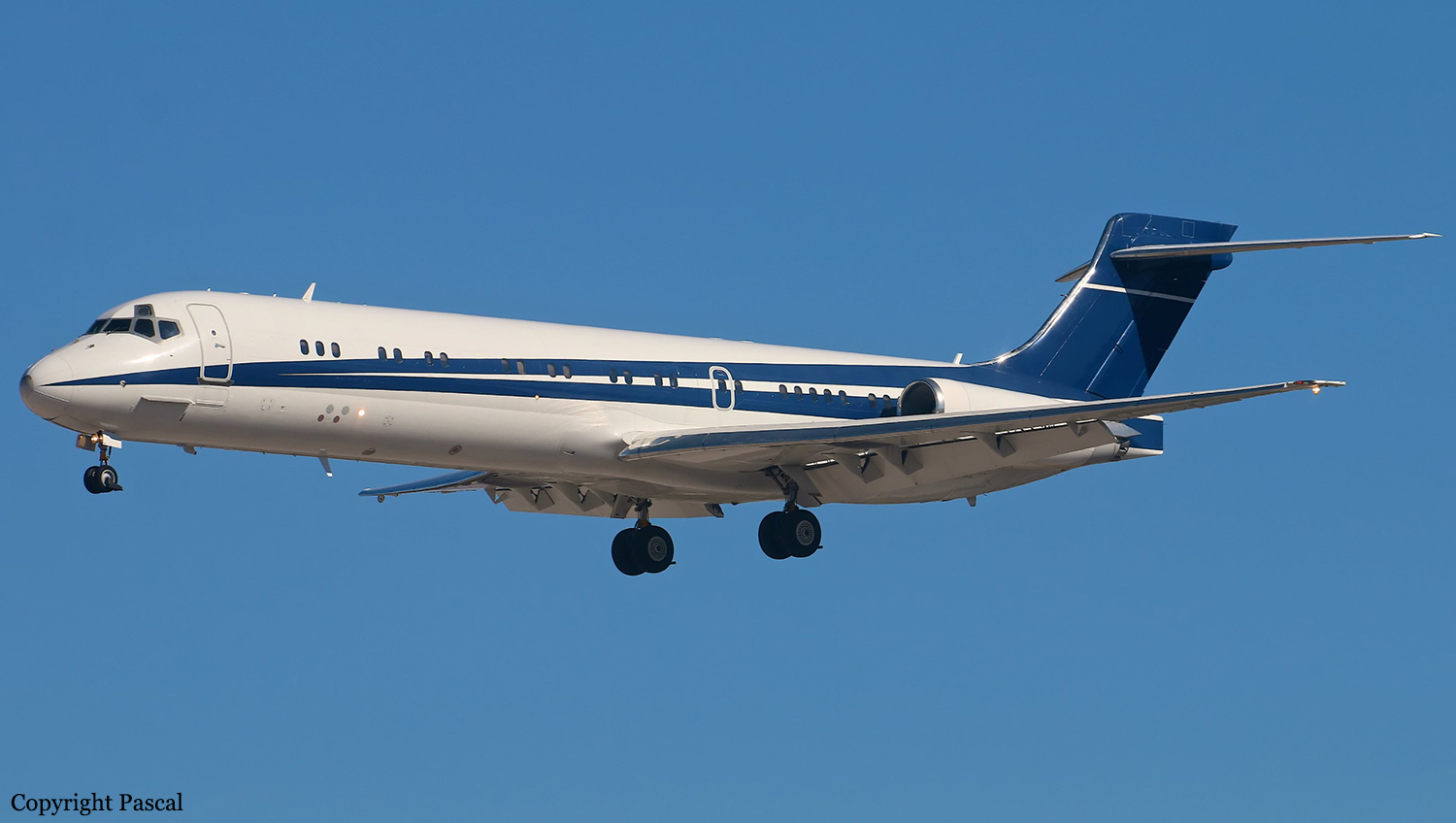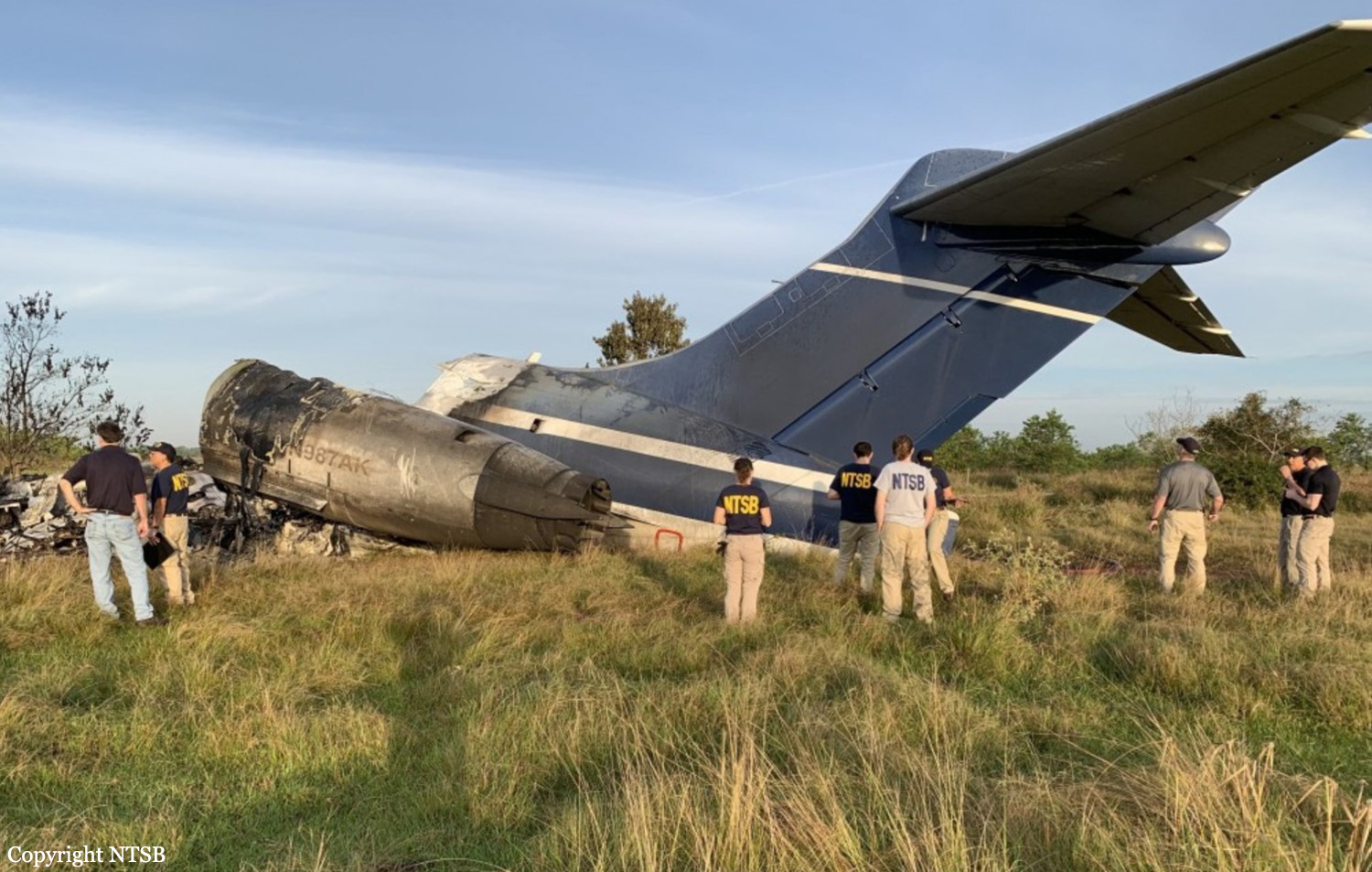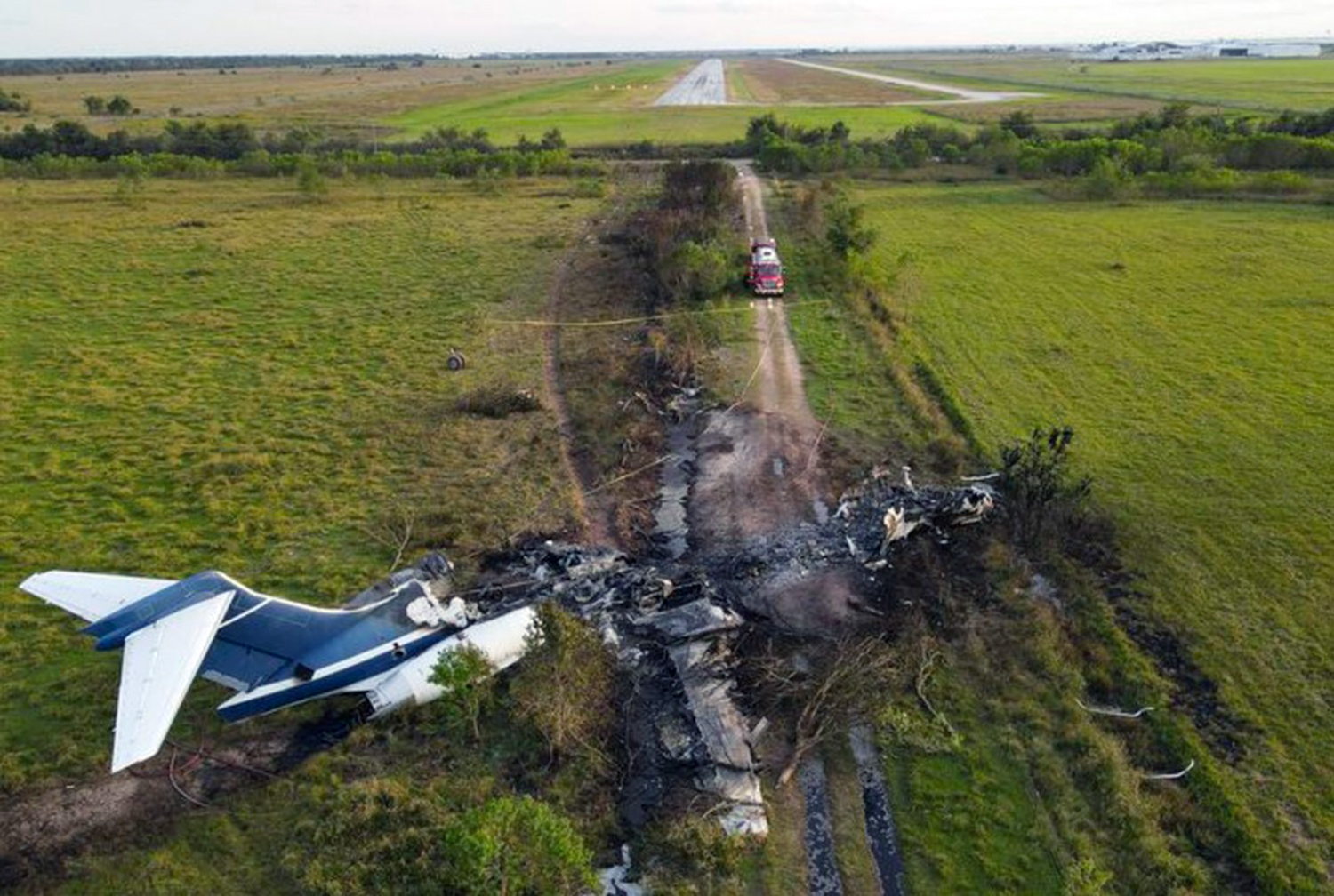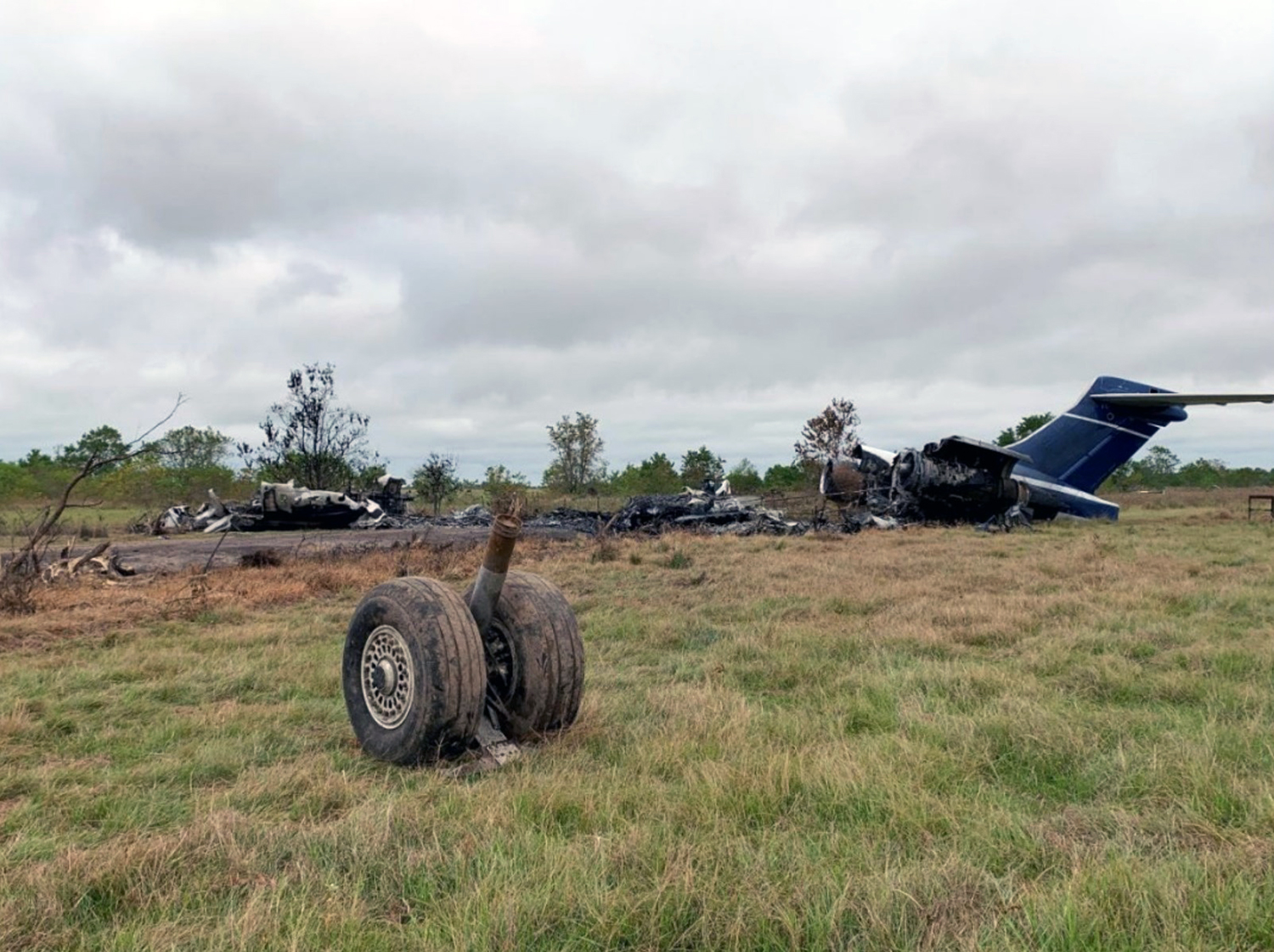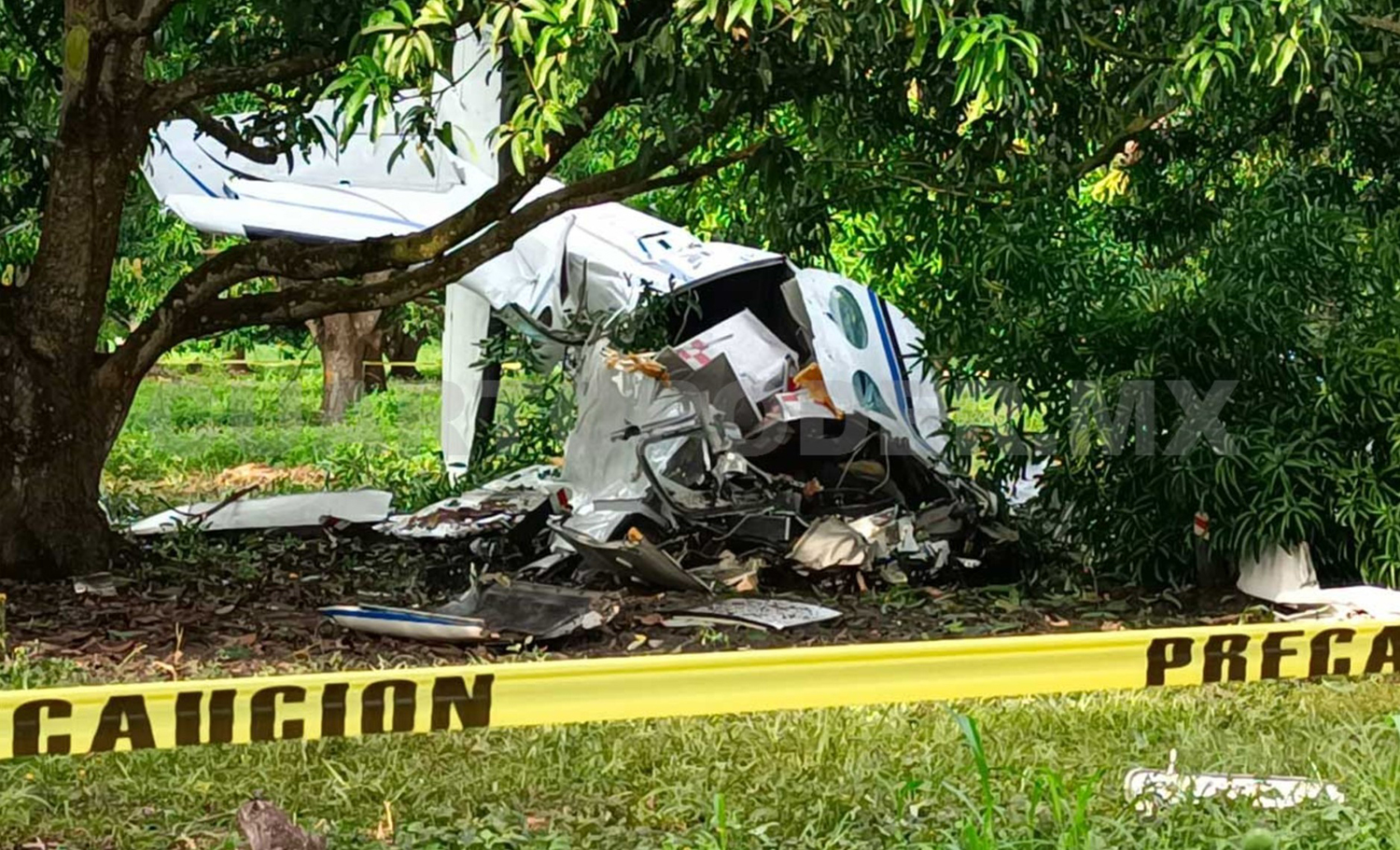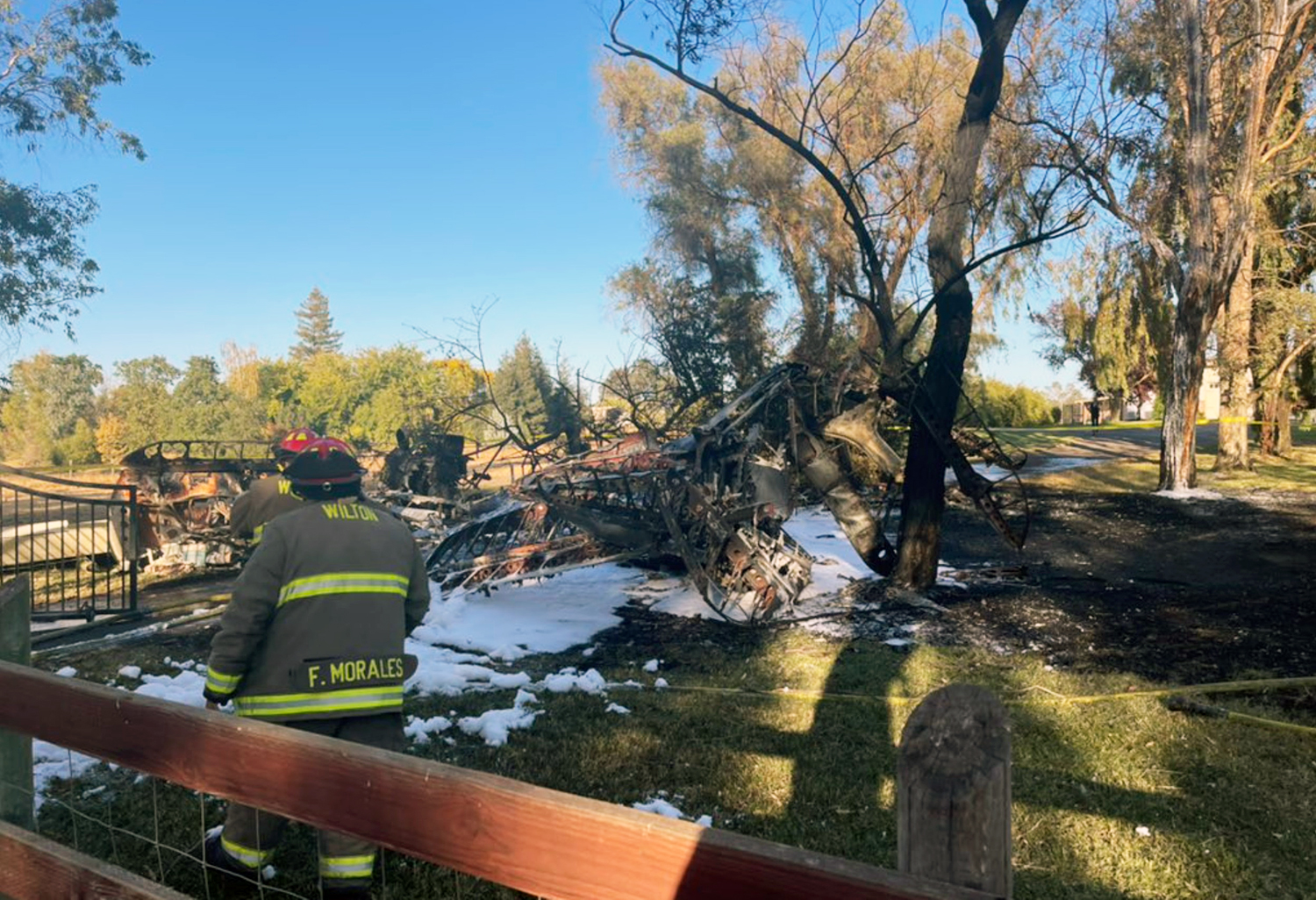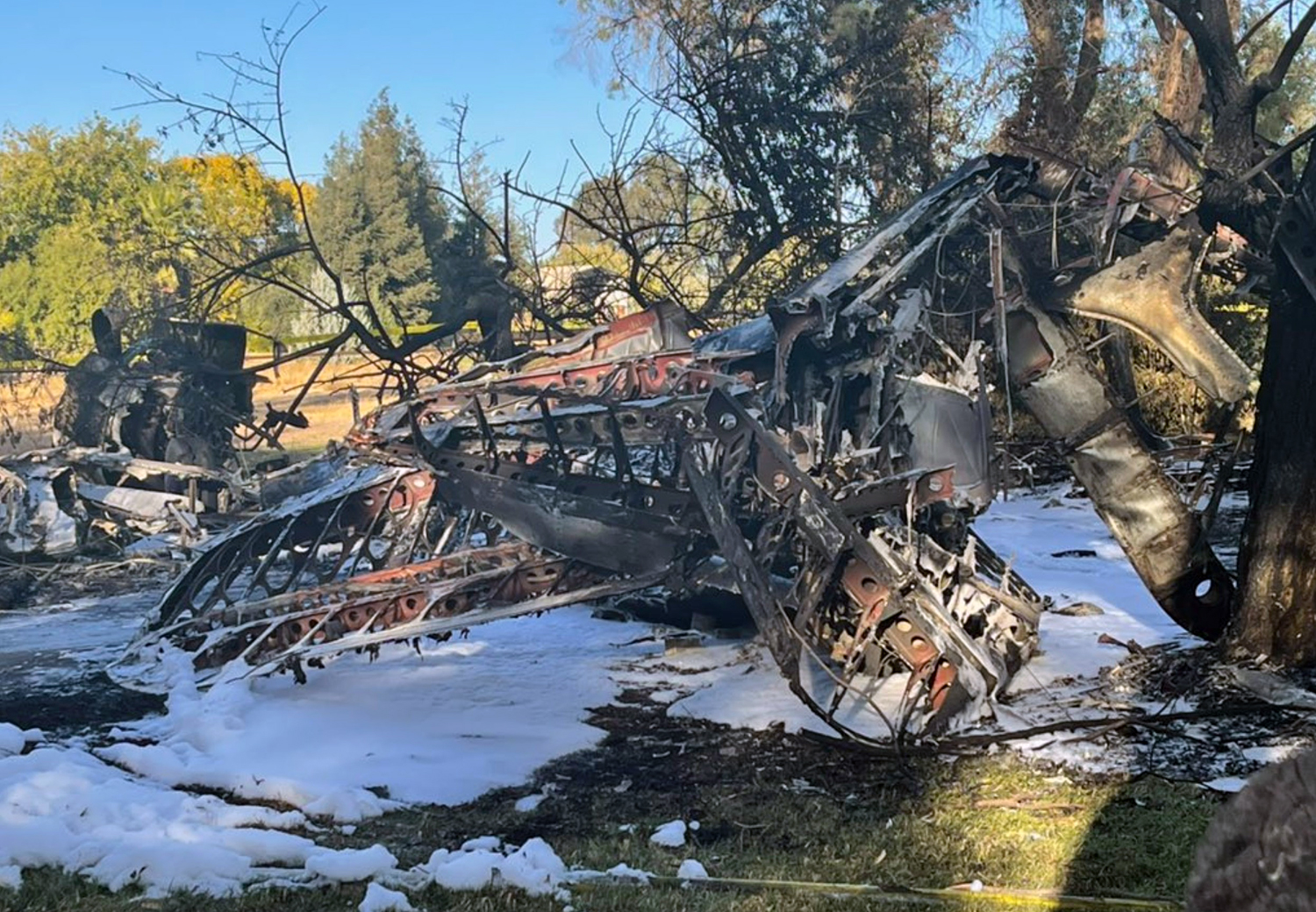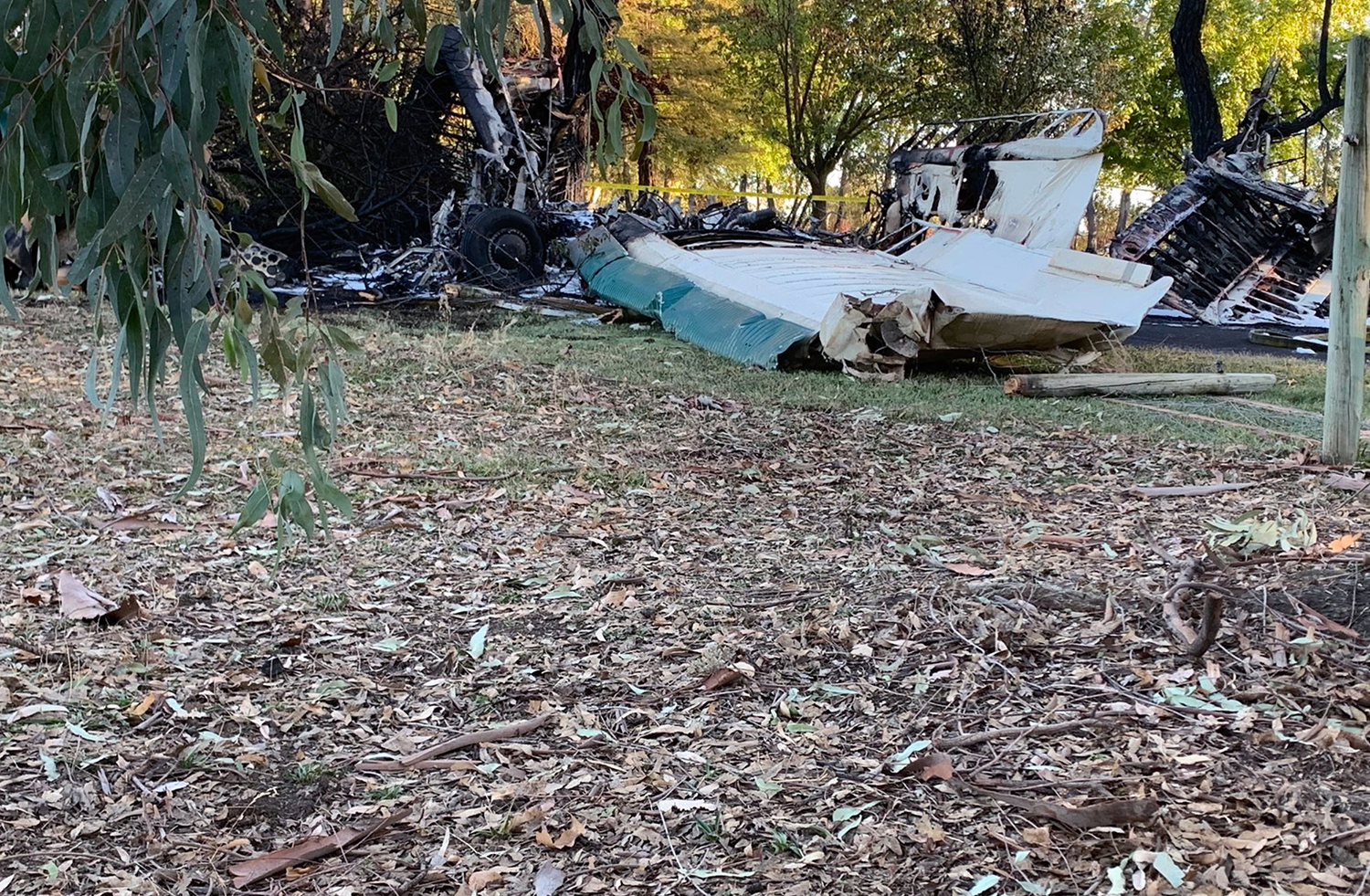Crash of a Cessna 207 Skywagon in Carrefour: 6 killed
Date & Time:
Apr 20, 2022 at 1600 LT
Registration:
HH-FAH
Survivors:
No
Schedule:
Port-au-Prince – Jacmel
MSN:
207-0352
YOM:
1976
Crew on board:
1
Crew fatalities:
Pax on board:
4
Pax fatalities:
Other fatalities:
Total fatalities:
6
Circumstances:
The single engine airplane departed Port-au-Prince-Toussaint Louverture Airport on a private flight to Jacmel, some 45 km southwest of the capital city. On board were four passengers and one pilot. During climbout, the pilot encountered problems and the airplane lost height until it collided with a truck and crashed on a road located in Carrefour, some 12 km southwest of Port-au-Prince Airport. A passenger was seriously injured while four other occupants as well as the truck driver were killed. The aircraft was destroyed. The only survivor died from his injuries few hours later.


